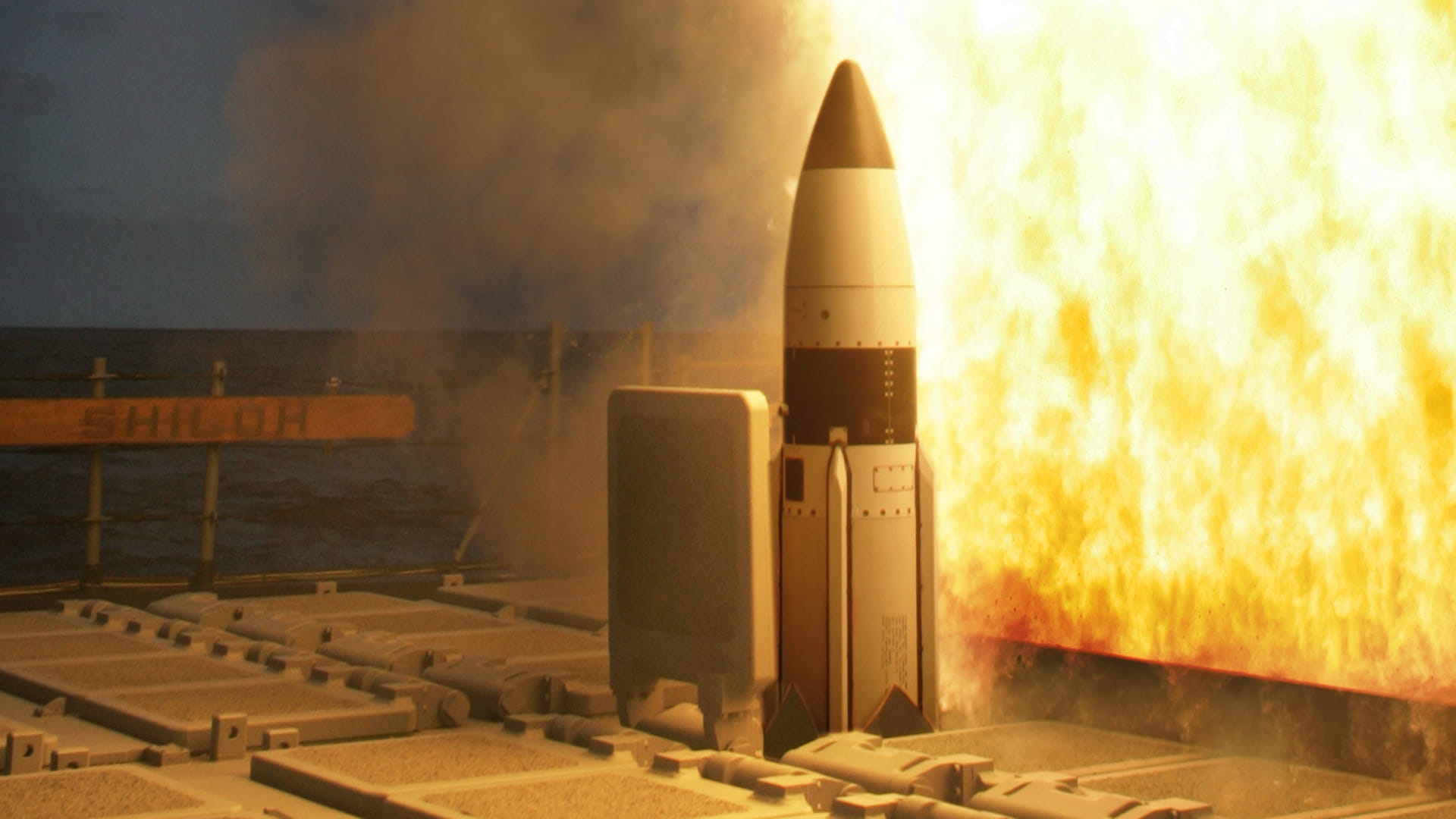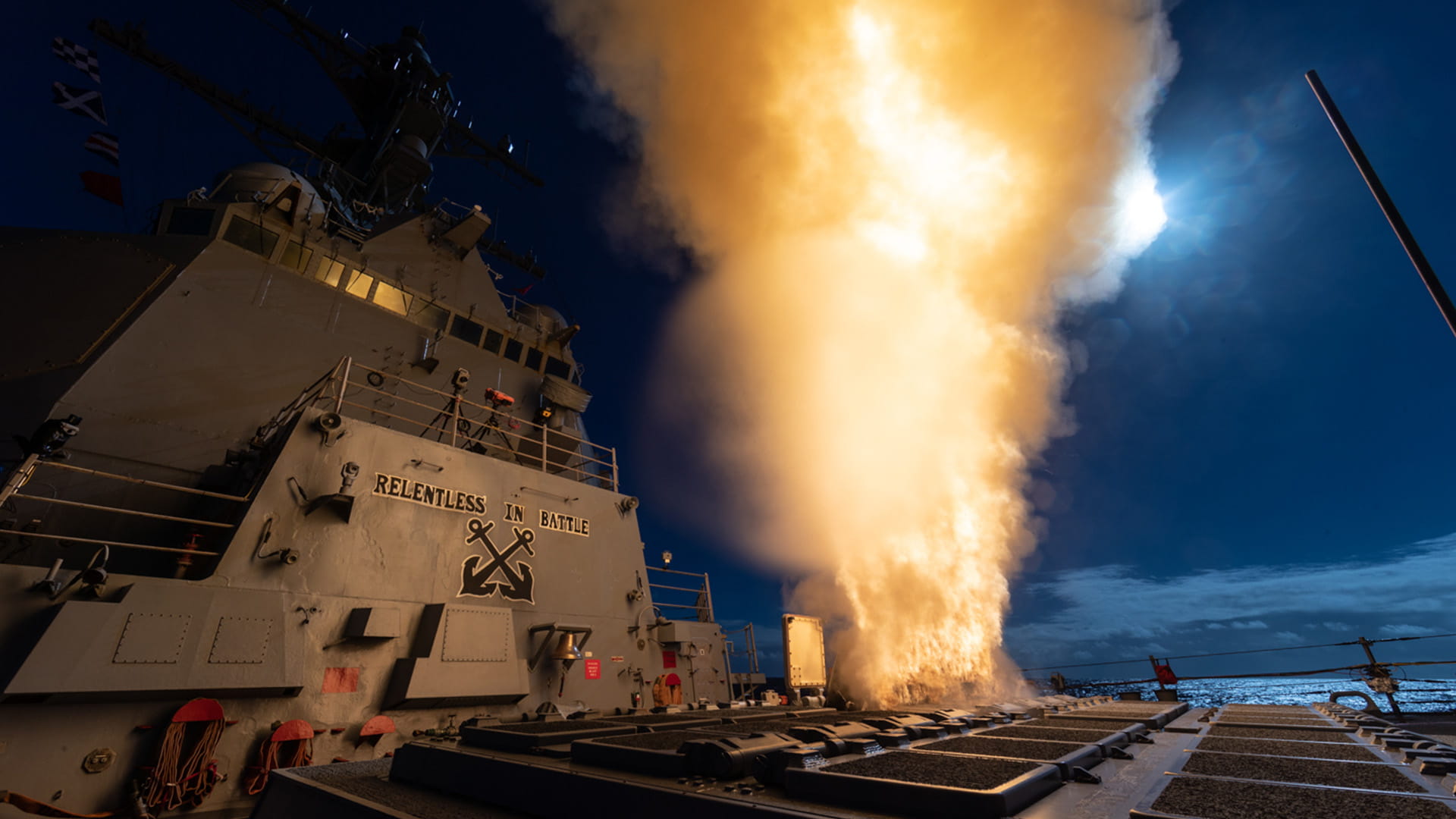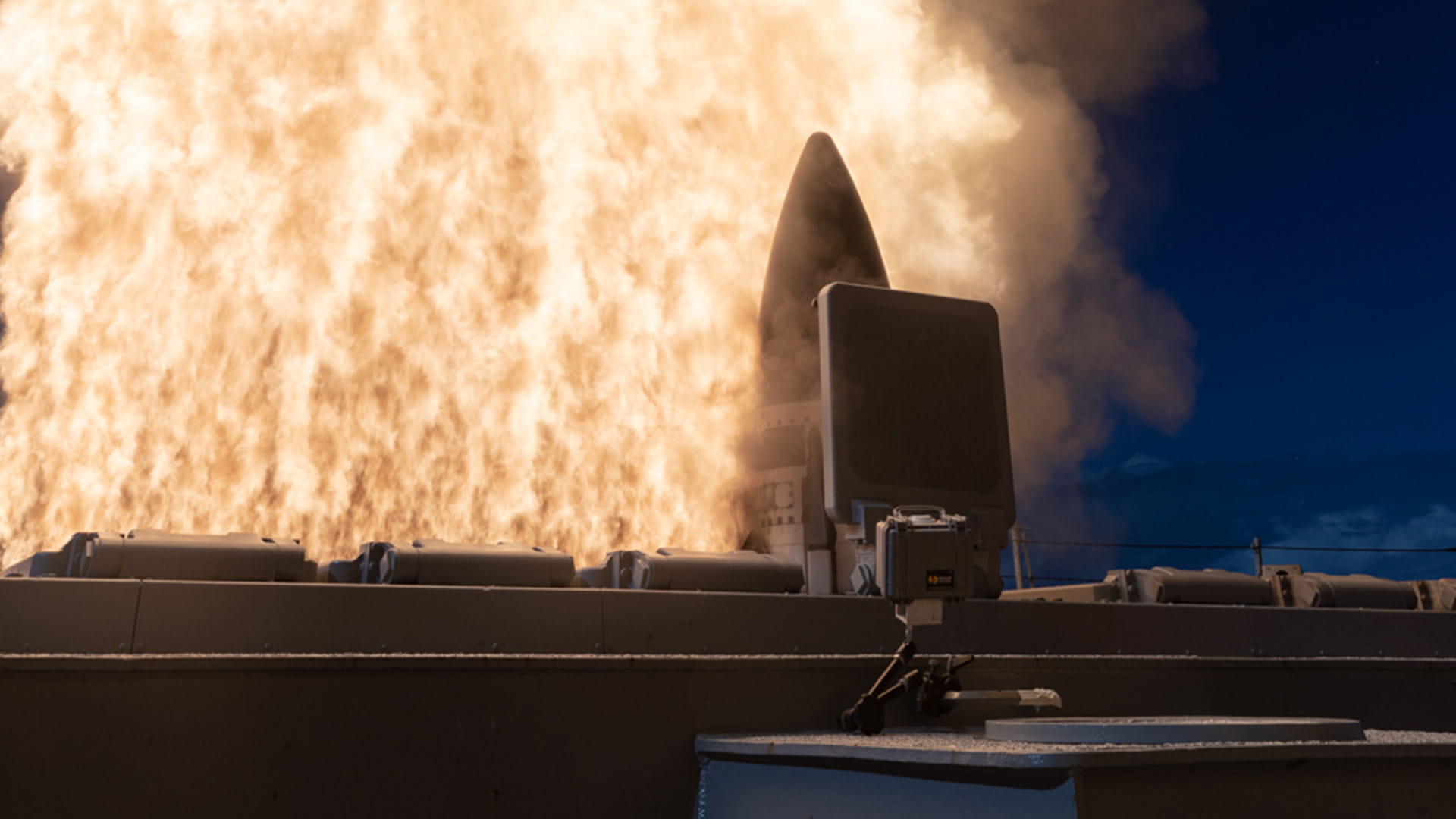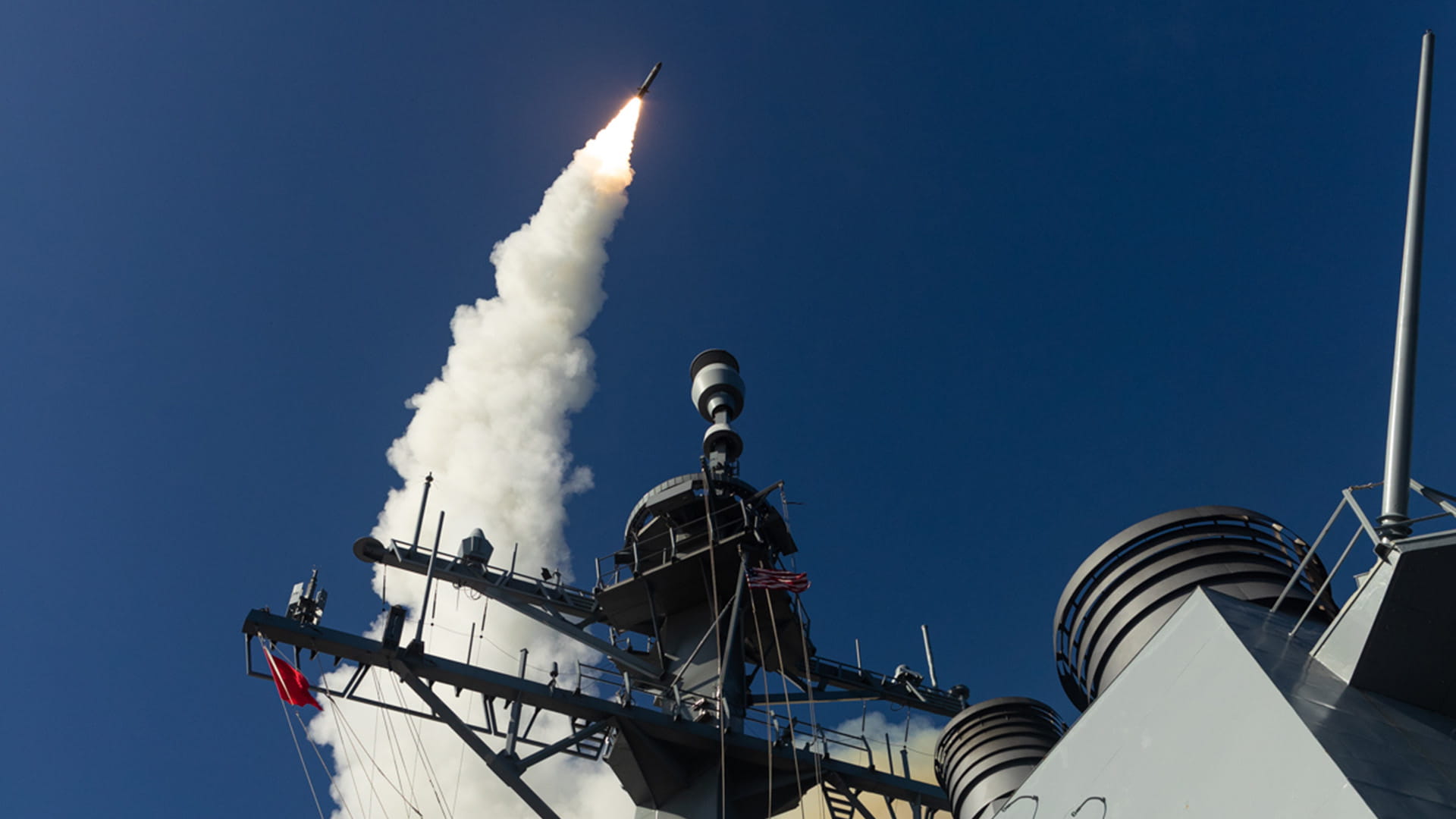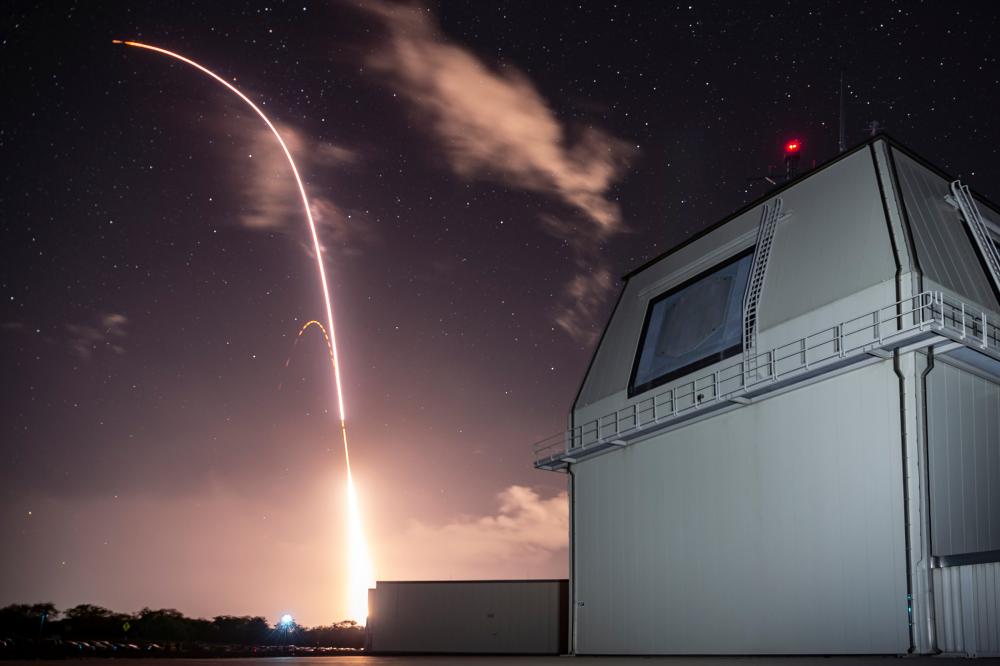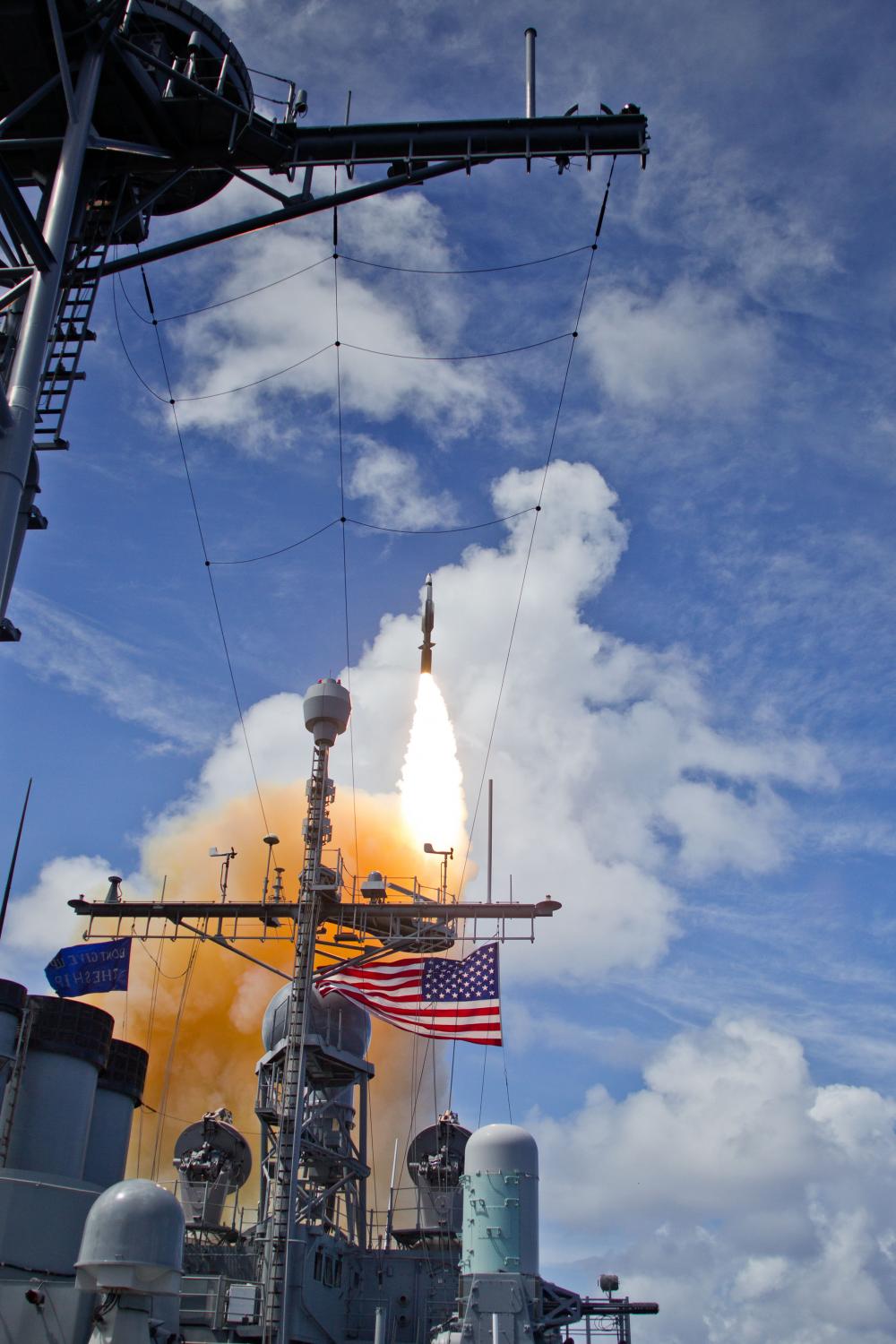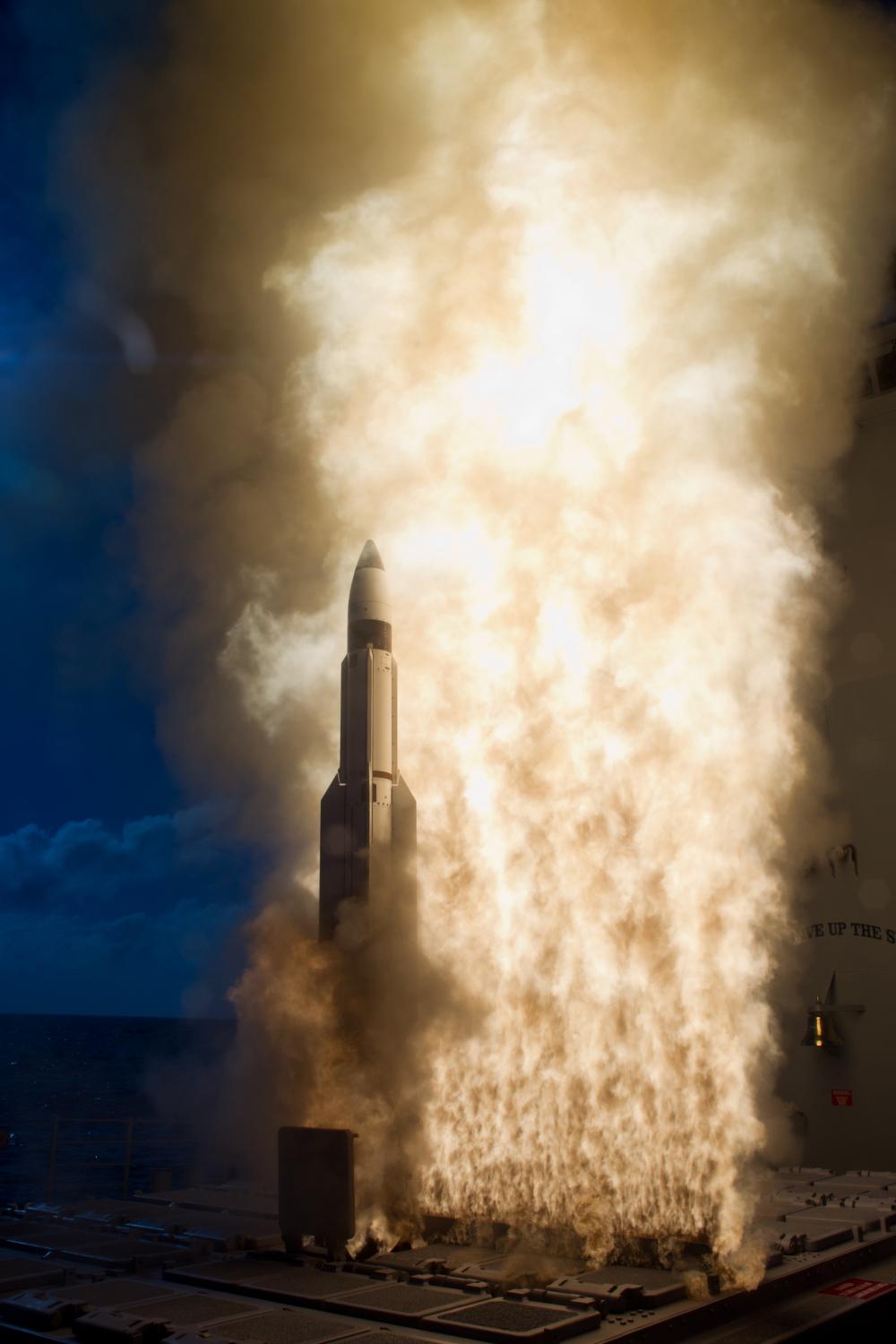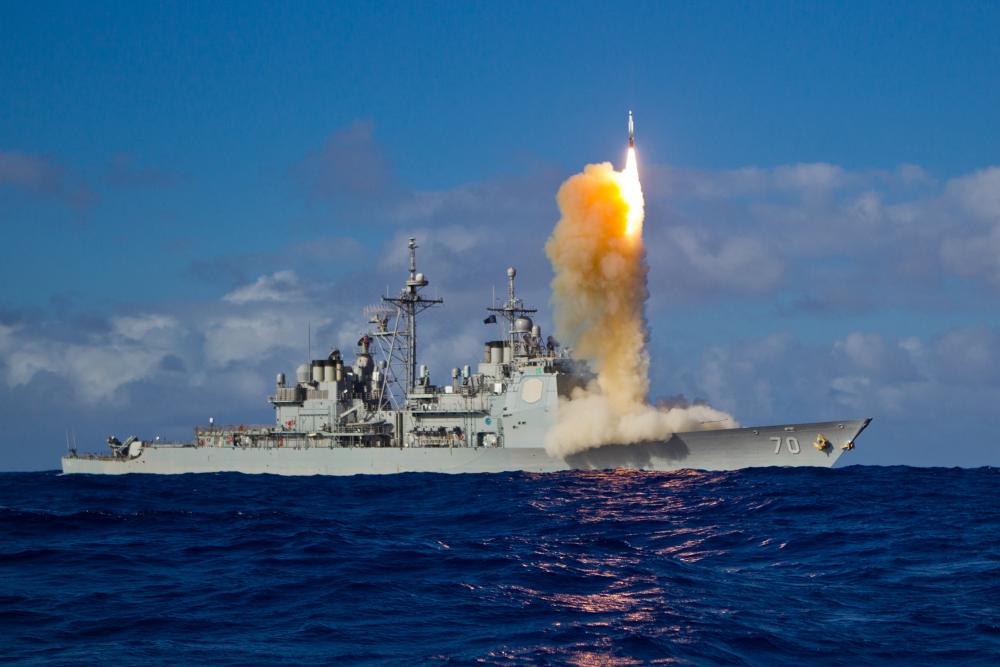Beating ballistic missiles on land and at sea
The SM-3® interceptor is a defensive weapon the U.S. Navy uses to destroy short- to intermediate-range ballistic missiles.
The interceptor uses sheer force, rather than an explosive warhead, to destroy its target. Its “kill vehicle” hits threats with the force of a 10-ton truck traveling 600 miles per hour. This technique, referred to as “hit-to-kill,” has been likened to intercepting a bullet with another bullet.
Land-based SM-3 interceptor
The SM-3 interceptor is a critical piece of the Phased Adaptive Approach for missile defense in Europe. The interceptor is being carried by U.S. Navy ships deployed off Europe’s coast and is now operational at a land-based site in Romania, further enhancing Europe’s protection.
The flexibility of the SM-3 interceptor to be both land- and sea-based offers countries that do not have ballistic missile defense-enabled navies to take advantage of the incredible capacity to protect large areas of land. This is often referred to as regional defense. The SM-3 missile can cover larger areas with fewer installations, when compared to other "lower tier" missile defense solutions.
The program has over 30 successful space intercepts, and more than 400 interceptors have been delivered to U.S. and Japanese navies.
SM-3 Block IB interceptor
Whether on land or at sea, the SM-3 interceptor continues to excel in testing. In 2014, the Block IB variant was successfully launched for the first time from an Aegis Ashore testing site in Hawaii. Later in the year, the missile destroyed a short-range ballistic missile target during a highly complex integrated air and missile defense exercise in the Pacific Ocean.
The SM-3 Block IB interceptor has an enhanced two-color infrared seeker and upgraded steering and propulsion capability that uses short bursts of precision propulsion to direct the missile toward incoming targets. It became operational in 2014, deploying for the first time on U.S. Navy ships worldwide.
SM-3 Block IIA interceptor
In cooperation with Japan, Raytheon is developing the next-generation SM-3 Block IIA interceptor. It has two distinct new features: larger rocket motors that will allow it to defend broader areas from ballistic missile threats and a larger kinetic warhead. The interceptor’s kinetic warhead has been enhanced, improving the search, discrimination, acquisition and tracking functions, to address advanced and emerging threats.
The SM-3 IIA missile intercepted an advanced ballistic missile threat in its first live target test in early 2017. The flawless intercept was preceded by two successful non-target flight tests. The system participated in an international, NATO-led exercise in 2019 that simulated real-life threat scenarios. Strong cooperation between allied nations and industry helps ensure readiness to defeat complex threats around the world.
The Block IIA variant is the centerpiece of the European missile defense system. It will be deployed ashore in Poland to complete Phase 3 of the European Phased Adaptive Approach.
Gallery
